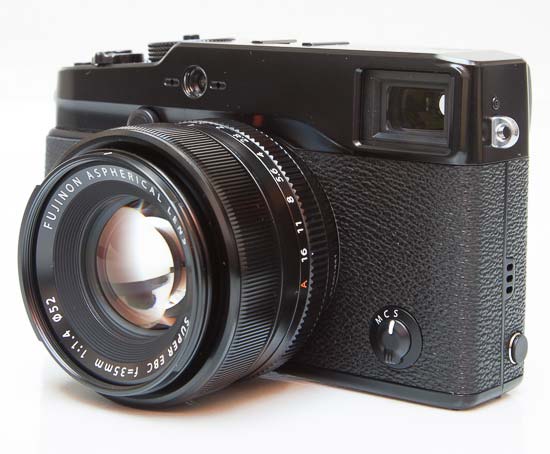

The second is to have as a priority a certain characterization of the image rendering, perhaps at the expense of some imbalance / optical defect. The first way (or philosophy) is to tend to the balance/ attenuation as neutral and precise as possible between the various aberrations, in order to reduce the defects as much as possible.

He said something like that every lens is like a "recipe" with which engineers balance the various optical aberrations, "dose" them in some ways, and there are two paths that can be followed. but I put a doubt: do you really need all this optical perfection?) I read an article that dealt with optical quality in photographic lenses. If, on the other hand, you are looking for a lens that tends to optical perfection. It is not easy to find words that describe sensations, but this lens easily gives an image rendering that returns a "warm" feeling, it is pleasant, pleasant, "enveloping". It is logical that when the lenses all tend towards the same optical precision vertex their yield is very similar. they are so hypercorrect that they often give a feeling of aseptic coldness. Today there are several lenses that are optically very performing, precise, very sharp. Built well, without primates of optical quality but compensating with an image rendering also in my opinion, as for many, it is very pleasant. As a focal it may or may not like it (as with all things) but in its kind it is a valuable lens. Excellent starting point, classic fixed lens (instead of the zoom of little value, which today goes for the most). Both because many spoke well of it but also because when in the 90s I began to photograph, doing a photography course, the first camera (SLR) that I bought I equipped to comedy with a 50mm (on the advice of the teacher of the course). Opinion: When I decided to join Fujifilm's APSC system 2 years ago, the 35 f1.4 (50mm equivalent) was the first lens I bought. Pros: Pleasantness of the images, compactness / lightness (it is still an f1.4!), build quality, a Fujifilm classic on the list for many years (if it did not have some merit it would not be there yet)Ĭons: AF not fast (but very usable), optically dated and not at the top (but is this really a problem?). Still, a recommended lens - if you get it second hand at a good price, maybe EUR 200 or so. It may be creative ? for maybe ? portraits but otherwise it limits the usable apertures to 2.0 and smaller. I am not sure why Fuji made this softness. Six months later: my sample is extremely soft - VERY VERY soft - at f 1.4. I think if you can get it s/h at about 200-300 EUR, then it is a good buy. I bought it at EUR 550 only because I could not get it s/h. I do not know what the noises are like on old bodies with old firmware but with my bodies they are zero problem. The 'noises' on my bodies with updated firmwares are still there but they are of no importance - they will not wake up a sleeping child nor disturb a stupid cat. To sum up - a decent lens, just ridiculously expensive. If you want good strong blur, you buy a Sigma 50 ART and a FF body. Blur is OK but not spectacular as the lens is equivalent of FF f 2.1 only. Colour is +good and distortion seems low (I say seems because Fuji bodies correct distortion on the fly. Sharpness is OK but nothing outstanding (compared to other makes). It is only a bit justified by Fuji better materials. Comparative Canon lens (50 1.8 STM) costs EUR 100 - only 20%, or less, of Fuji lens. Opinion: The lens is shamelessly expensive. The hood should be light plastic or hard rubber. It is made of metal so if you hit anything, you can damage the lens, the mount or the body. Extremely ugly hood that looks like a Messerschmitt design. Very slow, next to useless "manual" focus. ?)Ĭons: Aperture ring too easy to move and lacks a clean sharp 'A' click. APERTURE STOPS ARE LABELLED (unlike some stupid Fuji lenses like 18-55 which have aperture rings.


 0 kommentar(er)
0 kommentar(er)
